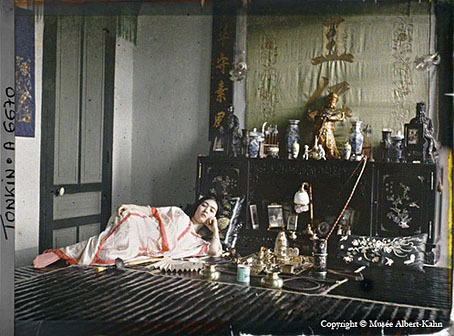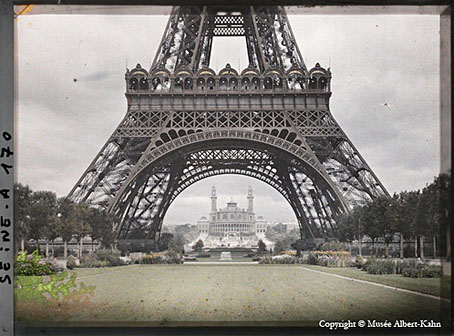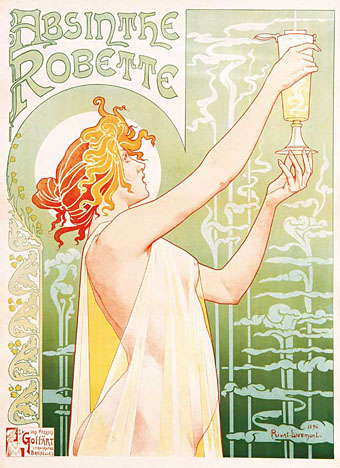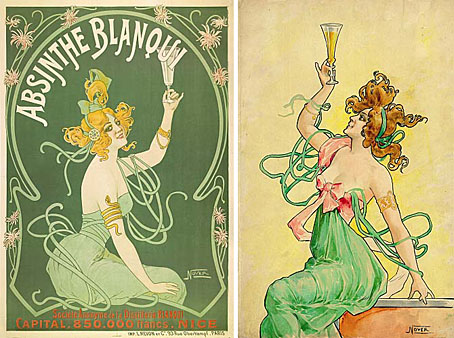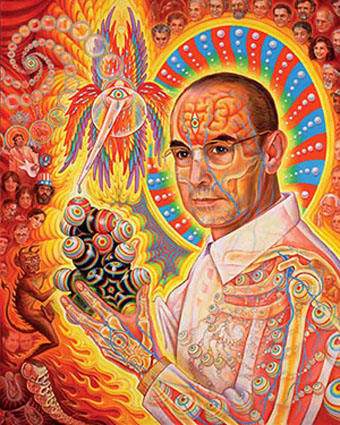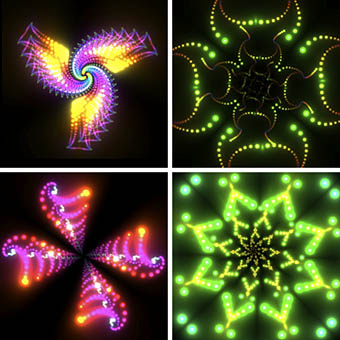
A few servings of iTunes jelly.
I’ve spent the past week or so enjoying the delights of Leopard, the 10.5 iteration of Apple’s OS X operating system, but have only just noticed the new Visualizer patterns in the latest version of iTunes. I don’t use the Visualizer much, especially since the introduction of Front Row, Apple’s home media management system, but it’s always nice to know it’s there. The original Visualizer isn’t so far removed from the graphic tricks I used to laboriously program into my old Spectrum computer in the 1980s, simple repeated shapes with coloured lines, albeit a lot faster and with far more detail and animation than a 48k Spectrum could ever manage. The latest Visualizer has been significantly supercharged, however, and the new “Jelly” setting creates some really beautiful (and it should be noted, trippy) patterns, reminiscent of Steven Spielberg’s Close Encounters UFOs or James Cameron’s Abyss inhabitants.
I can’t help but see a direct line of continuity here from Apple’s origin in the head culture of Sixties and Seventies’ California to the present. Writer John Markoff examined some of the connections between psychedelic culture and the nascent computer scene in What the Dormouse Said: How the Sixties Counterculture Shaped the Personal Computer Industry where we find Apple CEO Steve Jobs saying that “taking LSD was one of the two or three most important things he had done in his life.” Given this, the glowing, pulsating mandalas in the new iTunes can be seen as a vestigial remnant of that era, and it seems fitting that those patterns are integrated into a music player; it was upon the Sixties’ music scene, after all, that LSD originally had its greatest cultural impact.
Update: For anyone wanting to play with iTunes Jelly, there’s a couple of undisclosed features (this is for Macs but I imagine they’d be the same in the PC version). Pressing M tells you the name of the pattern currently being displayed, pressing 1 shrinks part of the pattern, 2 zooms it out and 8, 9 and 0 cause different colours to over-saturate. It’s a full-on psychedelic light-show, in other words.
Update 2: If you press M so it shows the pattern name then press the Up or Down arrow, you can flick through the various pattern settings.
• Watch Jelly in action
• Steve Jobs drops acid in Pirates of Silicon Valley
Previously on { feuilleton }
• iTunes 7

